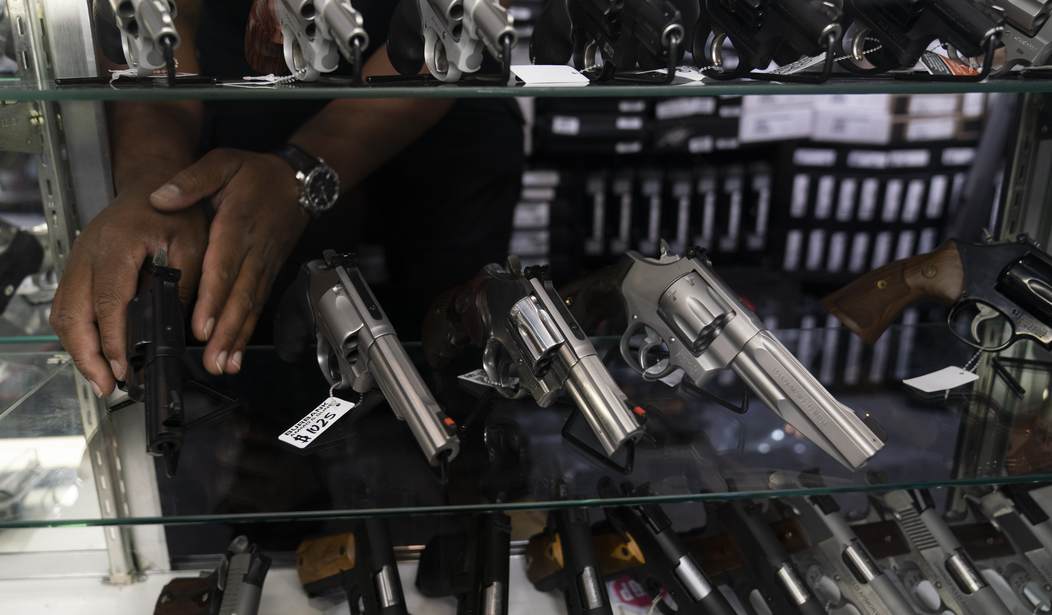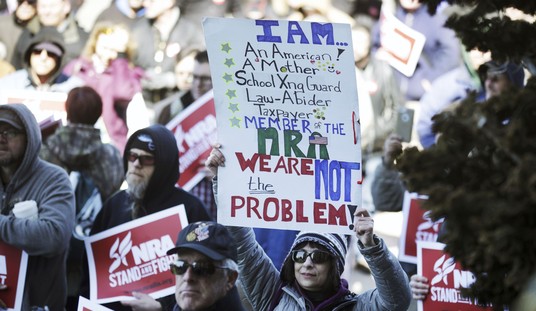Crime has been a problem since prehistoric times. It’s been with us always and will be with us always. However, we still need to do what we can to minimize it.
In this day and age, though, one might be forgiven to believe so-called gun crime is the only kind of crime floating around. It’s why we keep hearing so much about gun control as a solution to criminal actions.
Yet I came across a story recently that started off by talking about waiting periods, then got to another interesting point very quickly.
Designed to reduce the likelihood of an impulsive act of violence, waiting periods have been shown, in some studies, to reduce rates of firearm suicide by 7% to 11%, and gun-related homicides by about 17%. (Here is a look at the states where gun related crimes are surging.)
Though waiting periods may reduce gun violence to a degree, in reality, most firearms that wind up at crime scenes were purchased years prior. Among all known firearms linked to a crime in 2021, an average of 6.2 years has elapsed between the retail sale of the firearm and when it was recovered by law enforcement, according to the Bureau of Alcohol, Tobacco, Firearms, and Explosives. This measure, known as “time-to-crime,” can vary substantially from state to state, and these variations have meaningful implications. For any given firearm, the ATF considers a time-to-crime of less than three years a potential red flag for gun trafficking.
Now, my guess is that the author actually has some sympathy toward waiting periods for guns, that “time-to-crime” number matters a great deal.
See, this goes along with something else we talked briefly about earlier this week. In particular, a study by Everytown that was presented in an effort to advance the gun control agenda, but also illustrated that fewer than 10 percent of all firearms tracked in their five-year study was purchased with the intent to be trafficked illegally.
Couple that statistic with the time-to-crime measured in years and guess what picture that paints?
It tells you pretty clearly that these aren’t guns that are likely to be impacted by gun control policies.
See, gun control generally just impacts the purchase of a gun. It either bars you from buying certain things or creates hurdles that have to be cleared in order to buy one.
Yet the evidence clearly suggests that few of those weapons are actually bought through lawful gun stores. Everytown’s study is pretty explicit that most aren’t, even if they tried to frame it differently. The time-to-crime stats support this since it’s unlikely criminals will wait years before using their unlawfully-obtained firearms.
They’re just not that bright, as a general rule.
So yeah, gun control isn’t really going to do much to stop bad guys from getting guns. If you want to reduce crime, the first thing you need to do is understand the criminals. Why do they become criminals? Then, you can sidetrack that by addressing the root causes.
If you don’t do that, you’re just going to be spinning your wheels and accomplishing nothing.








Join the conversation as a VIP Member